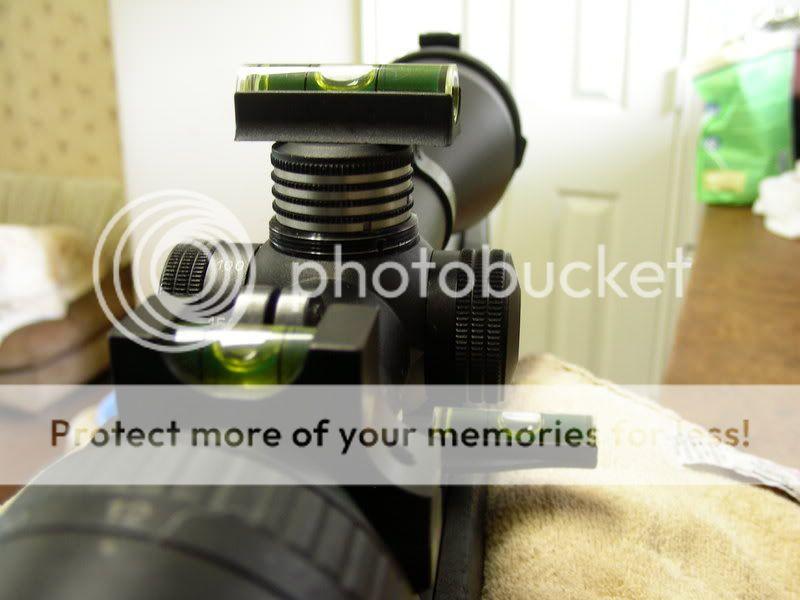davewilson
Well-Known Member
Kevin Cram said; How do we know the bore is cut exactly through the center and not off the one side. If you put centers in each end of a barrel and spin the barrel in a lathe you will see that alot of barrels run out of round from bore to outside.
i was at Bruce Baer's and he was putting a brake on a factory gun. it was spinning in the lathe and i couldn't believe how much the chamber end was bouncing up and down. more than an 1/8th of an inch. with production barrels, i think this is not uncommon. with the better aftermarket barrels that are used by the majority on this site, i think the bore is within .005 of the center of the barrel. the better smiths keep the chamber and barrel threads within .001 of the center of the bore.
you're the smith here, are these numbers in the ballpark?
i was at Bruce Baer's and he was putting a brake on a factory gun. it was spinning in the lathe and i couldn't believe how much the chamber end was bouncing up and down. more than an 1/8th of an inch. with production barrels, i think this is not uncommon. with the better aftermarket barrels that are used by the majority on this site, i think the bore is within .005 of the center of the barrel. the better smiths keep the chamber and barrel threads within .001 of the center of the bore.
you're the smith here, are these numbers in the ballpark?



